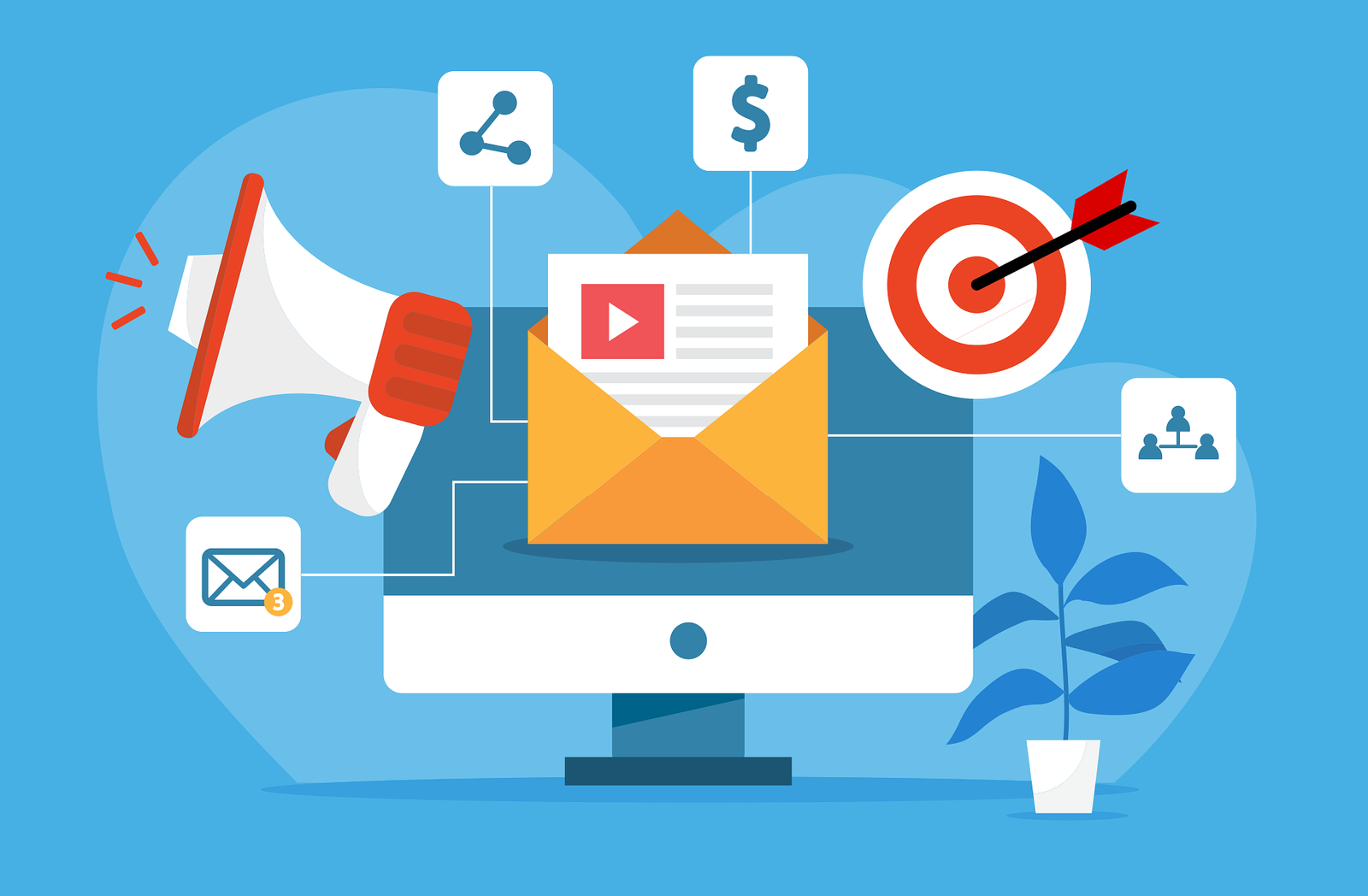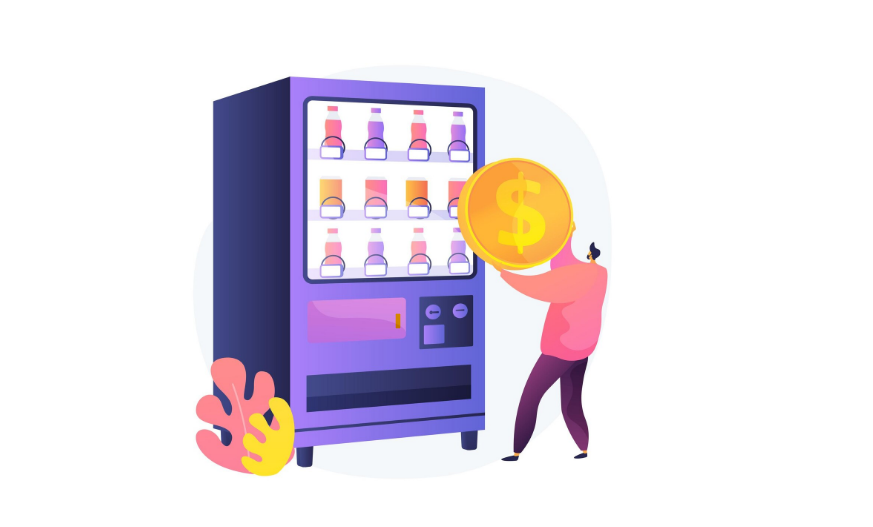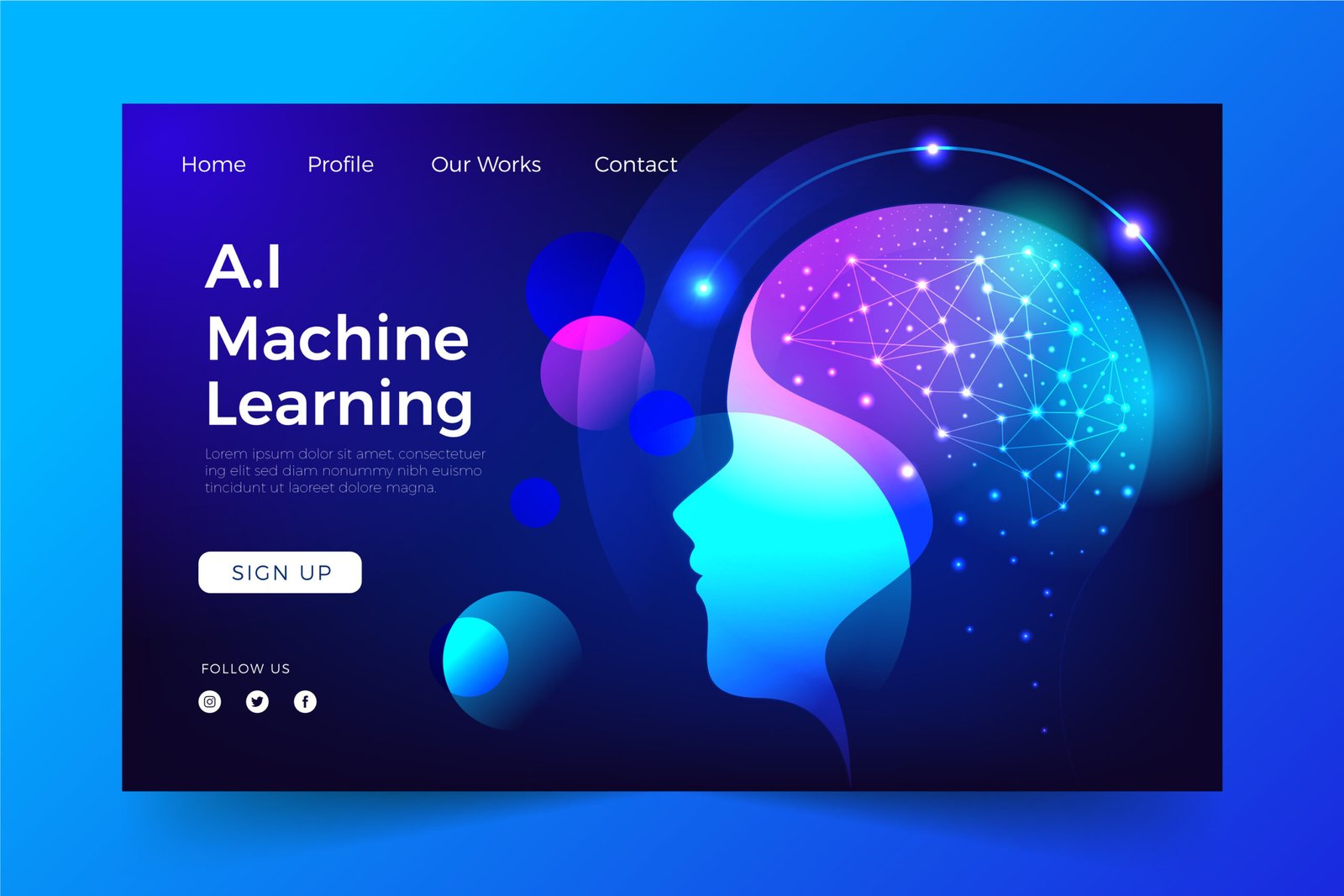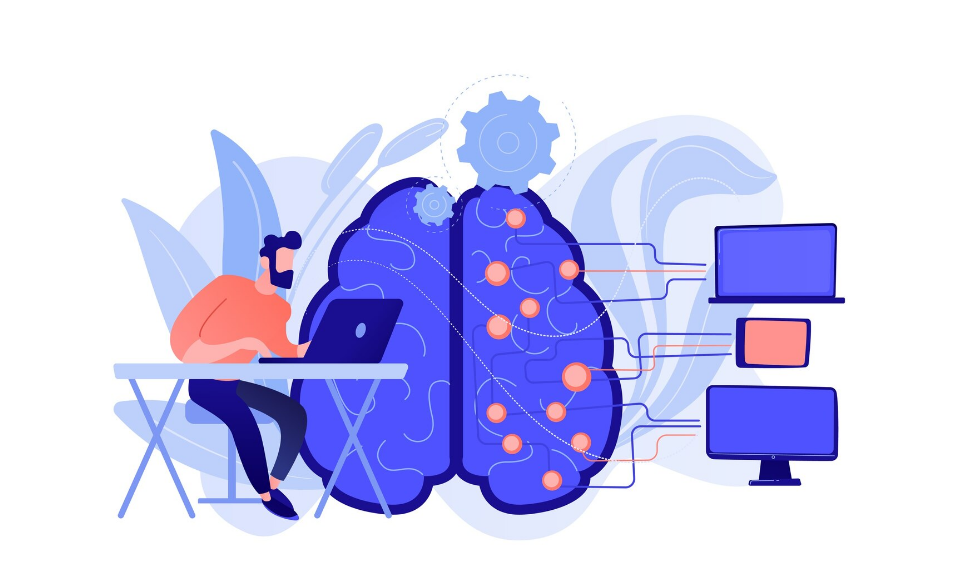In today’s hyper-competitive digital landscape, data-driven marketing is no longer a luxury—it’s a necessity, especially for B2B companies aiming to remain agile, personalized, and profitable. This new era of B2B marketing is being shaped by intelligent use of data, helping businesses create better customer experiences, drive qualified leads, and enhance return on investment (ROI).
What is Data Driven Marketing?
Data driven marketing refers to strategies built on insights pulled from the analysis of big data, collected through consumer interactions and engagements. This data forms the foundation for creating personalized content, optimizing campaigns, and making informed decisions that align with customer behavior and expectations.
For B2B companies, this means leveraging everything from website analytics and CRM data to social media metrics and buyer intent signals to create tailored marketing campaigns that resonate with decision-makers.
Why Data Driven Marketing Matters in B2B
Unlike B2C, the B2B buying process is longer, more complex, and involves multiple stakeholders. Generic messaging no longer cuts it. Today’s B2B buyers expect personalized, timely, and relevant communication. Data driven marketing enables:
- Audience segmentation: Identify and target decision-makers with laser precision.
- Predictive insights: Use historical data to anticipate needs and behaviors.
- Optimized content delivery: Serve the right message at the right time through the right channel.
- Improved ROI: Make marketing spend more efficient by investing in what works.
Key Components of Data Driven B2B Marketing

1. Customer Data Platforms (CDPs)
CDPs unify customer data from all sources into a single database, allowing marketers to gain a 360-degree view of each lead or account. This is essential for building highly targeted campaigns.
2. Behavioral Analytics
Understanding how potential buyers interact with your website, emails, and ads helps tailor future content and outreach strategies. Heatmaps, click-through rates, and dwell time can all be insightful.
3. Intent Data
Intent data reveals when prospects are actively researching products or services similar to yours. Tools like Bombora or G2 can help you identify these high-intent leads and prioritize them.
4. Predictive Lead Scoring
By analyzing historical conversion data, predictive lead scoring ranks leads based on their likelihood to convert. This allows sales and marketing teams to focus their efforts on high-value opportunities.
5. Personalization Engines
Personalization tools use collected data to dynamically adjust website content, email campaigns, and even ad creatives based on the viewer’s profile or behavior.
The Role of AI and Machine Learning
Artificial intelligence (AI) and machine learning are pivotal in data driven marketing. These technologies can process vast amounts of data at scale, uncover patterns, and generate insights that would be impossible for humans to detect manually. In B2B marketing, AI is used for:
- Predictive analytics: Forecasting buyer behavior and market trends.
- Chatbots and virtual assistants: Enhancing customer service and lead qualification.
- Dynamic content personalization: Tailoring messages based on real-time interactions.
Building a Data Driven Marketing Strategy
Step 1: Define Clear Objectives
Whether it’s increasing MQLs (Marketing Qualified Leads), improving engagement, or boosting sales, start with well-defined KPIs.
Step 2: Audit and Integrate Your Data Sources
Make sure all your platforms—CRM, email, analytics, social media, and advertising tools—are connected and feeding into a centralized system.
Step 3: Segment Your Audience
Use demographic, firmographic, and behavioral data to create granular segments. This enables highly targeted messaging.
Step 4: Choose the Right Tools
From HubSpot to Salesforce to Marketo, pick platforms that support robust data integration and analytics.
Step 5: Execute, Test, Optimize
Run A/B tests, measure outcomes, and continually refine your campaigns based on data insights.
Challenges in Implementing Data Driven Marketing
1. Data Silos
Many organizations struggle with fragmented data across departments. Breaking these silos is essential for a unified view.
2. Data Quality
Bad data leads to bad decisions. It’s vital to regularly clean and validate your data.
3. Privacy Concerns
With GDPR and other data protection laws, businesses must be transparent about how they collect and use data.
4. Skill Gaps
Not all marketing teams are equipped to analyze complex data. Upskilling and training are essential.

Real-World Examples
IBM
IBM uses AI-powered platforms to analyze vast amounts of client data, enabling personalized content delivery and account-based marketing at scale.
Adobe
Adobe leverages real-time data to dynamically personalize website experiences, increasing engagement and conversion rates.
HubSpot
HubSpot’s analytics and reporting tools allow small and mid-sized B2B businesses to identify the most effective channels and optimize accordingly.
Future of Data Driven Marketing in B2B
- Hyper-Personalization: Content will become even more tailored, using micro-segmentation.
- Voice and Visual Search Optimization: As more users turn to voice and image search, data will guide optimization efforts.
- AI-Powered Decision-Making: AI will take on a larger role in campaign design and execution.
- Increased Focus on Customer Lifetime Value (CLV): Marketing strategies will shift from acquisition to retention and value expansion.
Final Thoughts
The shift to data driven marketing marks a new era in B2B strategy—one defined by precision, personalization, and performance. Companies that embrace this approach are already seeing the benefits: higher conversion rates, more engaged prospects, and better alignment between sales and marketing teams.
For B2B marketers, the question is no longer whether to go data-driven—it’s how fast you can get there.





